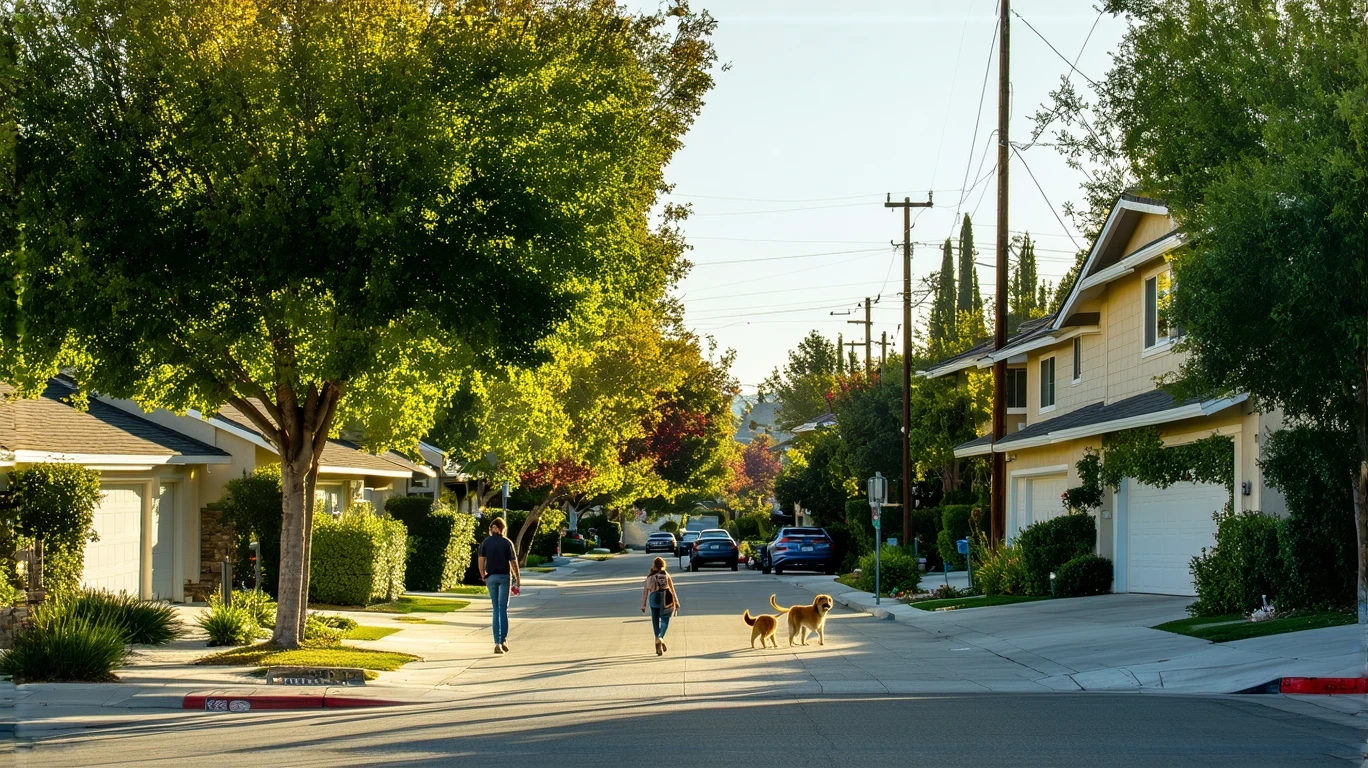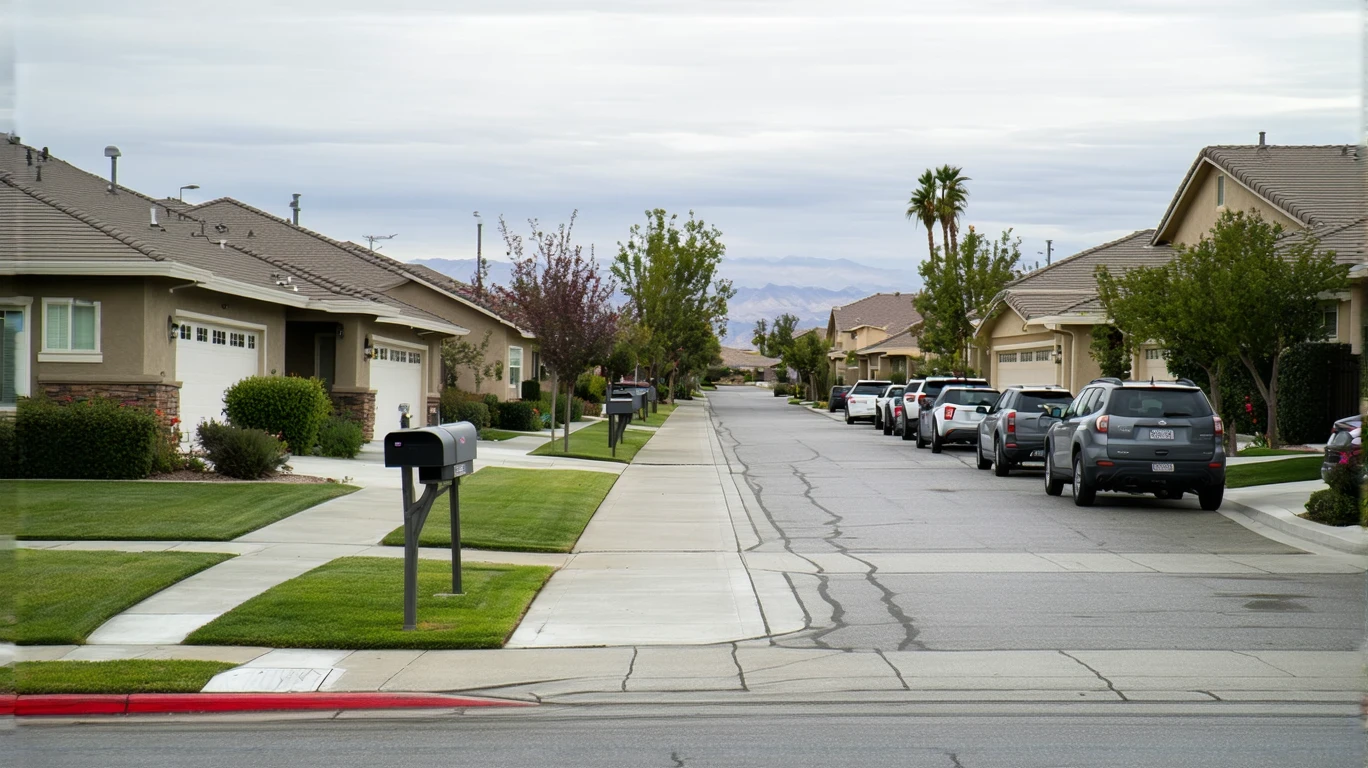Rancho Cucamonga, CA vs. San Bernardino, CA: Cost of Living Comparison (2025)
Imagine two families: the Garcias in Rancho Cucamonga and the Mendozas in San Bernardino. Both pay $1,800 per month for a 2-bedroom apartment. But when it comes to groceries, the Garcias spend about $600 monthly at Vons, while the Mendozas get by on $450 at Food 4 Less. Over a year, that’s an extra $1,800 just on food.
This article provides a detailed cost of living comparison between Rancho Cucamonga and San Bernardino. It’s perfect for families relocating, professionals choosing between job offers, or anyone comparing the real-life cost of these two Inland Empire cities in 2025. All income figures are expressed as gross monthly amounts (pre-tax).

—
Housing Costs
Housing is the biggest factor in the cost of living difference between Rancho Cucamonga and San Bernardino. Here’s how typical rent and mortgage costs compare:
| Housing Type | Rancho Cucamonga | San Bernardino |
|---|---|---|
| 2BR Apartment | $1,800 | $1,400 |
| 3BR House | $2,500 | $1,900 |
🏆 Winner: San Bernardino. Housing costs are about 20-25% lower in San Bernardino compared to Rancho Cucamonga.
Utilities and Energy Costs
Utility costs are fairly similar between the two cities. Expect to pay around $200 per month for electricity, gas, water, and trash for a 2BR apartment. Costs may be slightly higher in the summer due to air conditioning.
🏆 Winner: Tie. There’s no significant difference in utility costs.
Groceries and Daily Expenses
Grocery costs tend to be about 10-15% higher in Rancho Cucamonga compared to San Bernardino. A typical family of four might spend $600-700 per month on groceries in Rancho Cucamonga, versus $500-600 in San Bernardino.
Eating out is also pricier in Rancho Cucamonga. A meal at a casual restaurant averages $15 per person, while San Bernardino eateries are closer to $12.
🏆 Winner: San Bernardino. Expect to save $100-200 per month on food in San Bernardino.

Taxes and Fees
Property tax rates are similar between the two cities at around 1.1% of assessed value. However, with Rancho Cucamonga’s higher home prices, that translates to bigger tax bills. A $500,000 home would owe about $5,500 annually in Rancho Cucamonga versus $4,400 for a comparable house in San Bernardino.
🏆 Winner: San Bernardino. Lower home values mean a smaller property tax hit.
Cost Summary
| Category | Rancho Cucamonga | San Bernardino |
|---|---|---|
| Housing (2BR Rent) | $1,800 | $1,400 |
| Utilities | $200 | $200 |
| Groceries | $600 | $500 |
| Transportation | $300 | $250 |
| Misc | $500 | $400 |
| Estimated Monthly Total | $3,400 | $2,750 |
Lifestyle Fit
While San Bernardino is more affordable overall, Rancho Cucamonga offers perks like larger homes, safer neighborhoods, and better schools. San Bernardino has lower housing costs but more urban density. Rancho Cucamonga averages 10°F cooler than San Bernardino in the summer.
Frequently Asked Questions
Is Rancho Cucamonga more affordable than San Bernardino?
No, San Bernardino has a lower overall cost of living, mainly due to cheaper housing. See a full monthly budget breakdown for Rancho Cucamonga.
Which city has lower rent?
Rent prices are about 20% lower in San Bernardino. A 2BR apartment averages $1,400 vs $1,800 in Rancho Cucamonga.
Where is it cheaper to buy a home?
San Bernardino has lower home prices overall. A typical 3BR house might cost $450,000 in San Bernardino compared to $600,000 or more in Rancho Cucamonga.
The Bottom Line
Rancho Cucamonga has a higher cost of living but may be worth the premium for families seeking suburban comforts and top-notch schools. San Bernardino is the clear choice for budget-conscious households who prioritize affordability. Ultimately, the right fit depends on your lifestyle and which expenses matter most.
